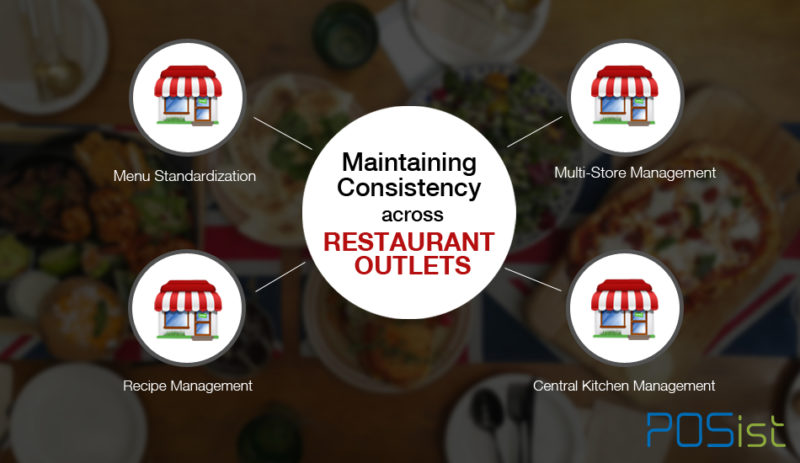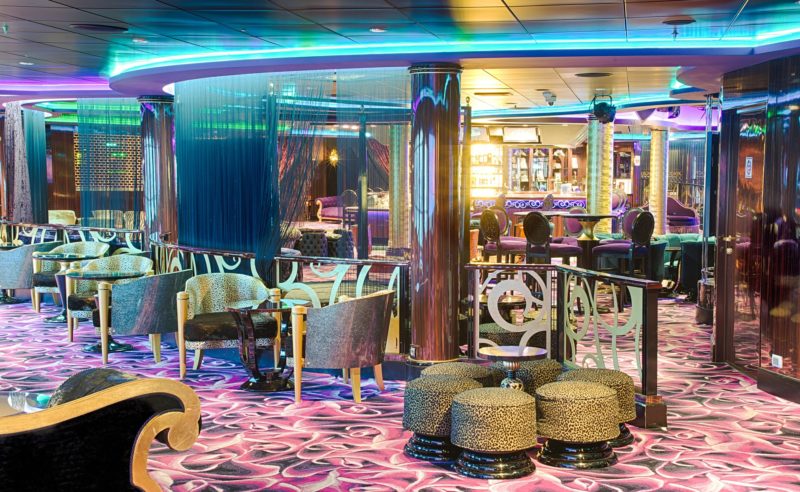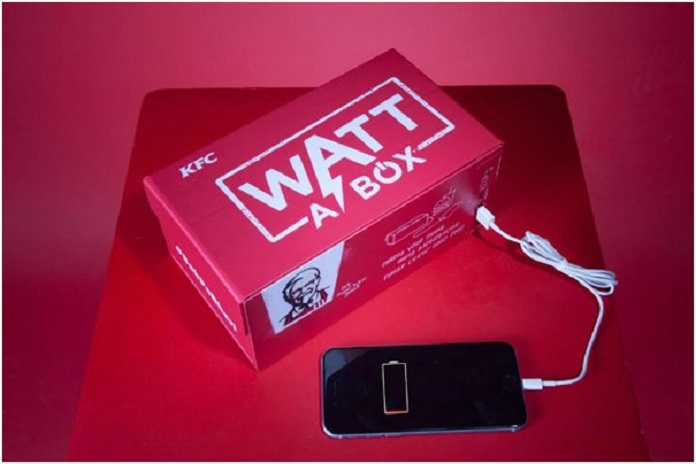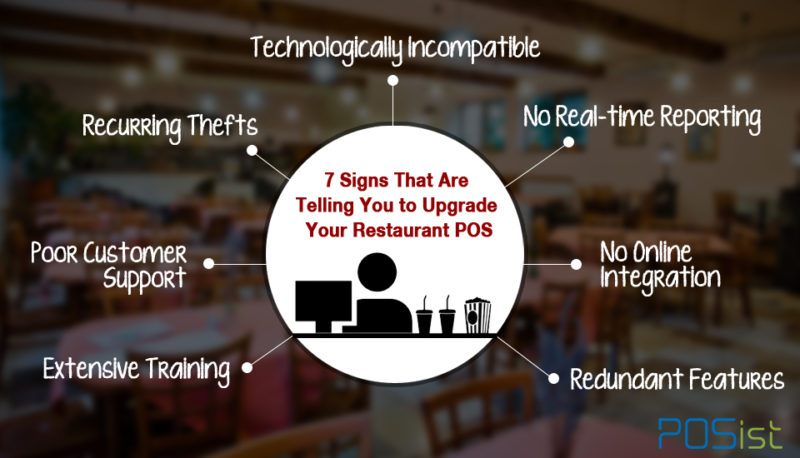The USP of a successful restaurant is usually the taste of a particular signature dish. When a restaurant expands and opens a second or third outlet, the taste is often not the same. Inconsistency in taste is the major reason other branches of popular restaurants often fail and shut down. When it comes to restaurant brands, customers are looking for a familiar dining experience. People prefer eating at a recognized restaurant chain as the food and service are expected to be similar to that of the main branch. Maintaining consistency across restaurant outlets is extremely important as it helps build brand loyalty among customers. For this reason, multiple-outlet restaurants need to maintain the consistency in taste, as well as service, not only to attract and retain customers but also to replicate the success of the first restaurant outlet. You may also find this article about how to do the expansion of your restaurant business useful.
Importance of Consistency in Restaurants
Following points must be kept in mind to maintain consistency, as well as the success throughout the restaurant outlets.
1. Menu Standardization
Standardization of menu is essential as it helps maintain consistency across restaurant outlets and also keeps the food costs in check. Often customers want to have the same dish that they’ve tried at another outlet of the restaurant chain. Trying the food at a new restaurant always comes with some apprehension, and customers don’t want to spend a lot on first-time visits.
One of the reasons for the popularity of McDonald’s or Dominos is that they serve the same tasting food across all their outlets. Customers are not in for a surprise when they order an ‘Mc Veggie’ burger.
It is advisable to have a standard menu across all outlets, and even the ‘Daily Specials’ must also be pre-planned.
2. Central Menu Management
Central Menu Management allows you to manage your menu across all outlets. A change in the menu of the central POS is reflected instantly across all outlets, thus eliminating any discrepancy. You don’t need to visit all the restaurant outlets to implement the changes personally. With Restaurant Menu Management Software, you can prepare, plan and control menu from remote locations as well.
3. Standardization of Recipe
For the food to have the same taste across outlets, it is essential to have a standard recipe. The head chef must create all recipes and specials at restaurant headquarters or the central outlet. The recipes, also called formulas should be specific, down to the exact details such as the size, cut, and weight of the vegetables, meat, the precise amount of oil and salt that are to be used. Any modifications in the recipe need to be circulated across all the outlets to avoid the difference in taste.
4. Cost Control
Standard recipes play a crucial part in inventory management and cost control. POS integrated with inventory management and, recipe management gives the number of ingredients used up in a day. If your restaurant sold ten orders of Paneer Tikka, and each order uses 300 gms of Paneer, then your inventory report should say three kgs of Paneer used up. If the report says three kg have been used up, and only nine orders have been sold, then you need to look for the missing 300gms of Paneer. This implies that either the orders were over-portioned or internal thefts are happening at your restaurant.
5. Multi-store Management
Managing one restaurant is a tedious task on its own; managing several outlets becomes a daunting task. It is vital to keep track of all the outlets’ stock consumption and requirements, to avoid running out of ingredients while serving customers. Use a POS with strong multi-store management feature, which allows you to stay updated about the stock consumption and requirement of each outlet. Posist allows you to set alerts for the low-stock level. If the outlet is running low on a certain item, you will get reminders to order more of it. Central supply of stock for all the outlets is advisable to maintain consistency.
6. Central Kitchen Management
Central Kitchen Management is required for the efficient functioning of multi-outlet Quick Service Restaurants (QSR), where the major part of the cooking is done at the central kitchen. The Hubs and Spokes Model is used in this case, the hub representing the central kitchen, and the spokes representing the different outlets where the semi-prepared food is sent. 90% of the food is prepared in the central kitchen and is distributed to the rest of the outlets.
For large chain restaurants and QSRs, the taste is the USP of the brand, and must not be compromised. Use Point of Sale software that provides the features mentioned above to maintain consistency across restaurant outlets.


















